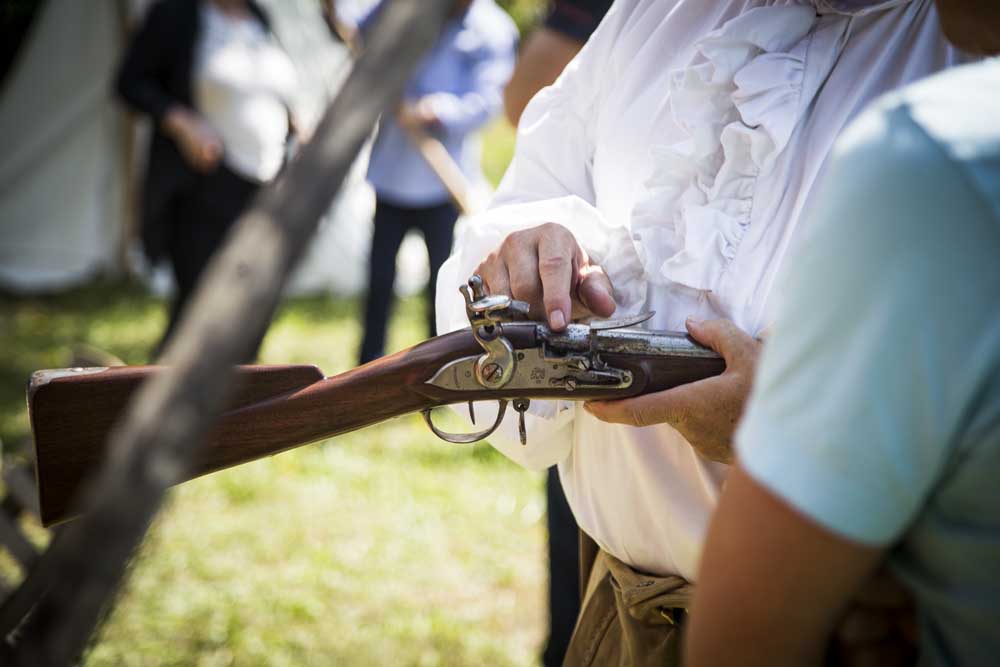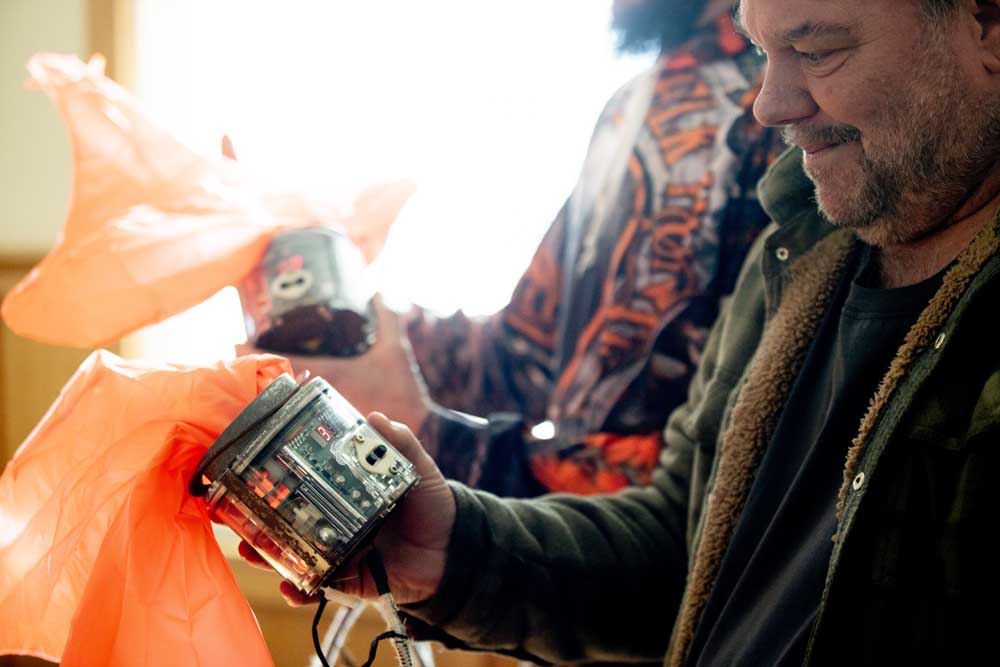‘Living History’ provides look into experiences of Lewis and Clark
Published 9:14 am Tuesday, July 16, 2019

- The flintlock firearms were capable of about three shots per minute, depending on the speed and ability of the shooter.
KNAPPTON — The beaver tail was good, but the whale blubber was savored, especially compared to their daily ration of dog meat.
Trending
A look into the daily life, experiences — and diet — of the Lewis and Clark expedition was detailed in an interactive “Living History” program at the Knappton Cove Heritage Center over the weekend.
The two-day event took place Saturday and Sunday, where costumed members of the Pacific Northwest Living Historians demonstrated tools and skills used during the Lewis and Clark expedition, including handling flintlock firearms, camp cooking, starting fires with flint and steel, making clothing and canoe paddles.
The presentation focused on the “Corps of Northwestern Discovery,” which Lewis and Clark led from St. Louis to the mouth of the Columbia River and back with help from Sacagawea and a U.S. Army unit of 31 men in the early 1800s.
Trending
Knappton Cove, which served as a U.S. quarantine station during an intense period of immigration from 1899 to 1939, is on the route Lewis and Clark traveled to the Pacific Ocean in late 1805.









